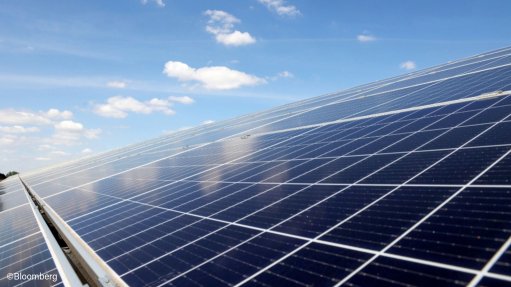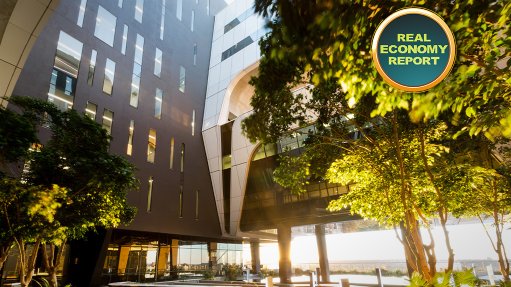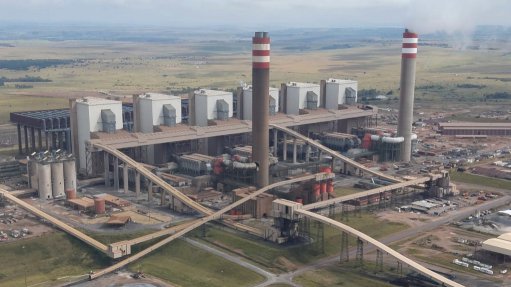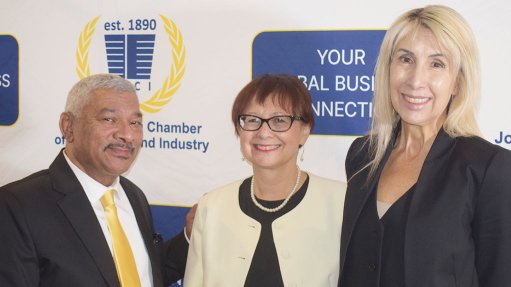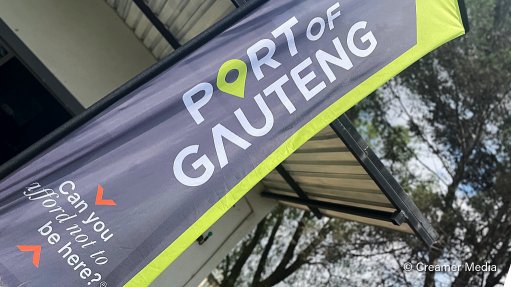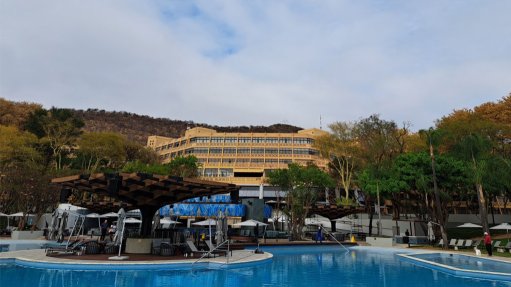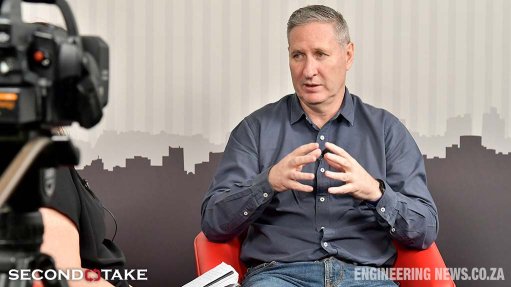FNB cuts the carbon footprint of its branches by 50% over five years
After the adoption of carbon-cutting measures to drive energy efficiency across a network of more than 600 branches in South Africa, financial services provider First National Bank (FNB) has reduced the carbon dioxide (CO2) footprint of its branches by nearly 50% over a period of five years.
FNB’s energy efficiency measures include, but are not limited to, fitting light-emitting diode (LED) lighting in new branches and retrofitting existing branches with LED lighting to enable a substantial reduction in electricity consumption.
In addition, all FNB branches have been equipped with Meteringonline technology for central monitoring of electricity use through a Web-based platform.
The bank has also asked that, during work hours, all air conditioning units in branches are set at 22 oC, thereby enabling the branches to run at lower energy consumption levels. Further, unused equipment that consumes electricity is switched off after hours.
FNB CEO Jacques Celliers says the bank’s aim is to ensure energy efficiency, as well as an adequate mix of energy sources for its operations in support of efforts for a cleaner environment and relieving pressure on the national electricity grid.
“Energy is the lifeblood of any vibrant economy and it remains a key enabler for long-term business sustainability.”
FNB Points of Presence CEO Lee-Anne van Zyl says the bank’s energy efficiency efforts are not limited to its branches.
“Our efforts to [reduce our] carbon footprint include the use of photovoltaic (PV) solar panels in some of our campuses.”
FNB’s solar campus project started in 2015, with the panels having the ability to generate a cumulative capacity of up to 4.3 MW.
She says the activated PV panels, with a capacity of 3.7 MW, currently produce 5.8 MWh/y, while a further 613 kWh installed capacity is waiting for approval to switch on.
“Energy efficiency is a long-term commitment for us, because we believe it is the right thing to do. Similarly, we encourage our staff, individual and business customers, as well as corporate partners to continue playing their part in energy efficiency,” Van Zyl concludes.
Comments
Press Office
Announcements
What's On
Subscribe to improve your user experience...
Option 1 (equivalent of R125 a month):
Receive a weekly copy of Creamer Media's Engineering News & Mining Weekly magazine
(print copy for those in South Africa and e-magazine for those outside of South Africa)
Receive daily email newsletters
Access to full search results
Access archive of magazine back copies
Access to Projects in Progress
Access to ONE Research Report of your choice in PDF format
Option 2 (equivalent of R375 a month):
All benefits from Option 1
PLUS
Access to Creamer Media's Research Channel Africa for ALL Research Reports, in PDF format, on various industrial and mining sectors
including Electricity; Water; Energy Transition; Hydrogen; Roads, Rail and Ports; Coal; Gold; Platinum; Battery Metals; etc.
Already a subscriber?
Forgotten your password?
Receive weekly copy of Creamer Media's Engineering News & Mining Weekly magazine (print copy for those in South Africa and e-magazine for those outside of South Africa)
➕
Recieve daily email newsletters
➕
Access to full search results
➕
Access archive of magazine back copies
➕
Access to Projects in Progress
➕
Access to ONE Research Report of your choice in PDF format
RESEARCH CHANNEL AFRICA
R4500 (equivalent of R375 a month)
SUBSCRIBEAll benefits from Option 1
➕
Access to Creamer Media's Research Channel Africa for ALL Research Reports on various industrial and mining sectors, in PDF format, including on:
Electricity
➕
Water
➕
Energy Transition
➕
Hydrogen
➕
Roads, Rail and Ports
➕
Coal
➕
Gold
➕
Platinum
➕
Battery Metals
➕
etc.
Receive all benefits from Option 1 or Option 2 delivered to numerous people at your company
➕
Multiple User names and Passwords for simultaneous log-ins
➕
Intranet integration access to all in your organisation






